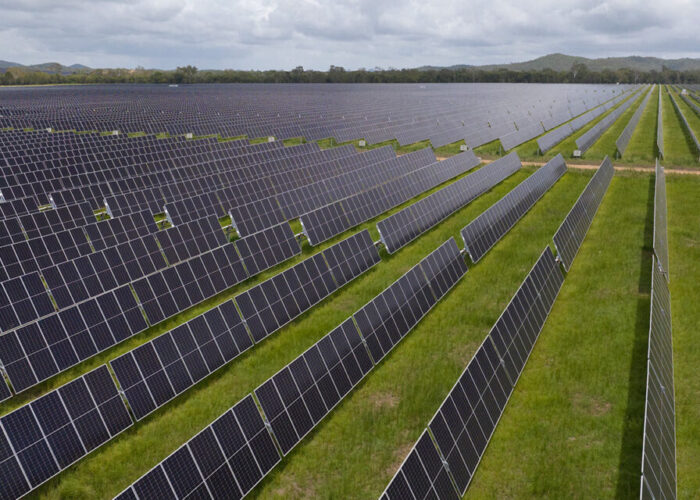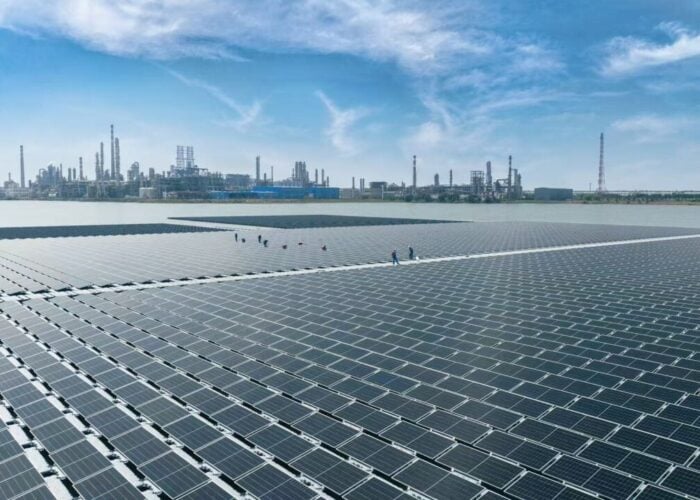Kyocera is continuing its strategy of siting new large-scale solar projects in Japan on land that is otherwise going unused, announcing that it will build a 23MW PV plant on an abandoned golf course.
In addition to other golf course projects, Kyocera, a maker of ceramic goods which diversified into areas including optical lenses, electronics and latterly PV module manufacturing, has recently completed a number of floating PV installations.
Unlock unlimited access for 12 whole months of distinctive global analysis
Photovoltaics International is now included.
- Regular insight and analysis of the industry’s biggest developments
- In-depth interviews with the industry’s leading figures
- Unlimited digital access to the PV Tech Power journal catalogue
- Unlimited digital access to the Photovoltaics International journal catalogue
- Access to more than 1,000 technical papers
- Discounts on Solar Media’s portfolio of events, in-person and virtual
Japan’s shortage of land for new large-scale solar has been well documented, with the country’s government now offering incentives to developers building PV plants on landfill sites and showing an increasing reluctance to approve the development of new plants on agricultural land, to name just two measures that have been taken.
A legacy of Japan’s early 90s boom years, the country’s obsession with golf led to the development of many golf courses that have since proven economically unsustainable. The new 23MW installation will be built near Japan’s old capital city, Kyoto, where Kyocera is headquartered (the company’s name is an abbreviation of ‘Kyoto Ceramics’). In May, Kyocera also revealed that it will construct a 92MW PV plant on another disused golf course site on the southern island of Kagoshima.
According to Kyocera, golf courses are particularly suitable for utility-scale solar, known as ‘megasolar’ in Japan, due to their “expansive land mass, high sun exposure and low concentration of shade trees”. Incidentally, the company said the 23MW plant’s location is close to the site of Kyocera’s first solar research facilities, which is fitting as Kyocera celebrates the 40th anniversary of its entry into solar energy this year.
Utilising Kyocera’s 270 Watt modules, the plant will generate around 26,312MWh of electricity annually and will be constructed by Sumitomo Mitsui Construction. Construction began a few days ago and is expected to be connected by March next year.
While Japan’s solar industry has clearly seen significant, if not exponential, growth since the feed-in tariff (FiT) was introduced in July 2012, the country was nonetheless one of the world’s first to earnestly investigate the possibility of solar. For example, fossil fuel company Showa Shell launched thin-film solar manufacturer and developer Solar Frontier in direct response to the OPEC oil price shocks of the mid-1970s.






